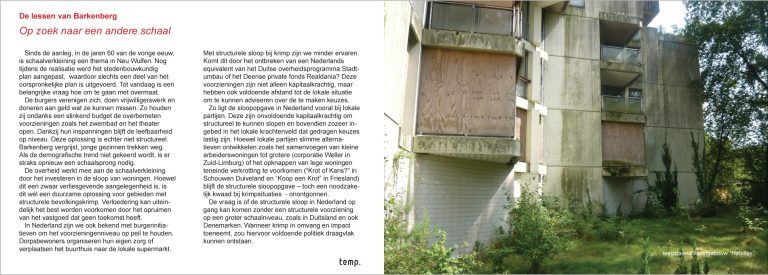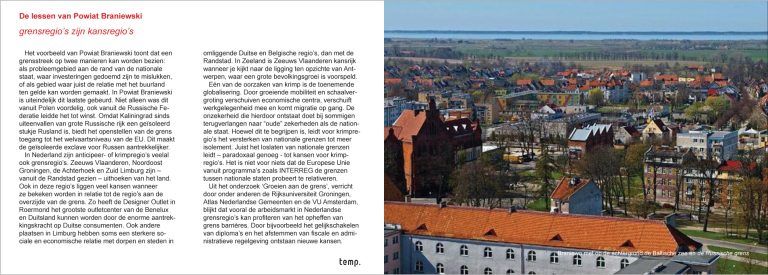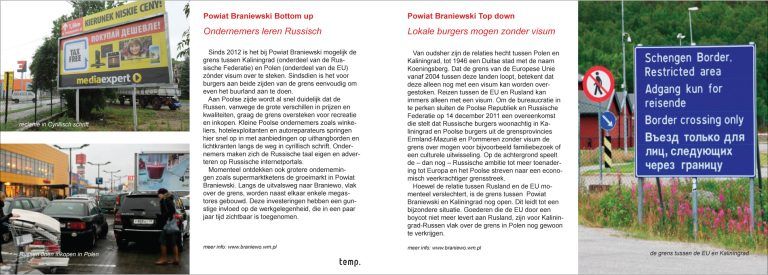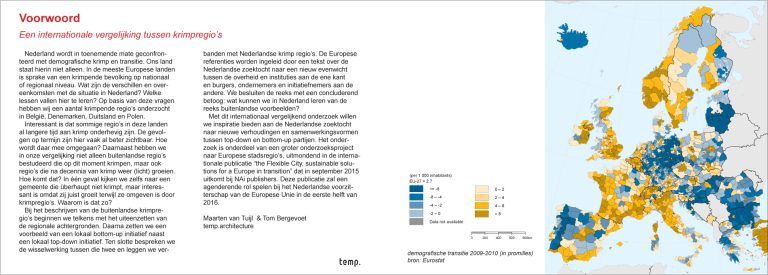

An international comparison between shrinking regions
The Netherlands is increasingly confronted with demographic shrinkage and transition. Our country is not alone in this. Most European countries are experiencing a shrinking population at national or regional level. What are the differences and similarities with the situation in the Netherlands? What lessons can be learned here? Based on these questions, we investigated a number of shrinking regions in Belgium, Denmark, Germany and Poland.
Interestingly, some regions in these countries have been in decline for a long time. The long-term consequences are often more visible here. How is this dealt with? In addition, in our comparison we not only studied foreign regions that are currently shrinking, but also regions that are (slightly) growing again after decades of shrinkage. How did that happen? In one case we even look at a municipality that is not shrinking at all, but is interesting because it is growing while it is surrounded by shrinking regions. Why is it like that?
When describing foreign shrinking regions, we always start by explaining the regional backgrounds. We then compare an example of a local bottom-up initiative with a local top-down initiative. Finally, we discuss the interaction between the two and make connections with Dutch shrinking regions. The European references are introduced by a text about the Dutch search for a new balance between the government and institutions on the one hand and citizens, entrepreneurs and initiators on the other. We conclude the series with a concluding argument: what can we in the Netherlands learn from the series of foreign examples? With this international comparative research we want to provide inspiration to the Dutch search for new relationships and forms of cooperation between top-down and bottom-up parties.
Client: Ministry of Infrastructure and the Environment
Status: 2014
Met thanks to: Hans Jungerius (specialist Ruhrgebied), Roland Guenter (Deutsche Werkbund NRW), Georgios Maillis (stadsbouwmeester Charleroi), Nicolas Buissant (Charleroi safari), Ann-Sophie Øberg (gemeente Morsoe), Platform 31, Rasmus Johnsen (Cold Hawaii ), Burkhard van Gember (North Rhine-Westphalia State Office for Forestry and Wood).
- All
- Public Buildings
- Research
- Commercial
- Residential
- Care

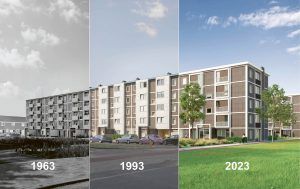
Circular porch apartments De Punt, Amsterdam-Osdorp
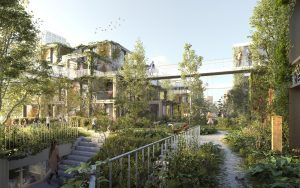
Nature-inclusive residential area Weespertrekvaart, Amsterdam
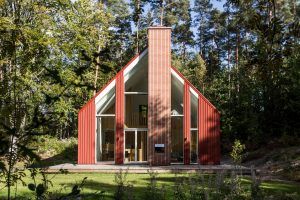
Self-sufficient house in the forest, Sweden

House interior, Amsterdam
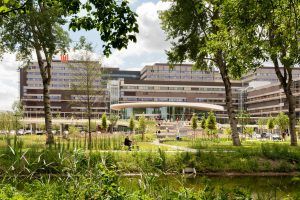
Entrance park and pavilion Amsterdam UMC, AMC location

Sustainability and topping Geuzenveld flat, Amsterdam
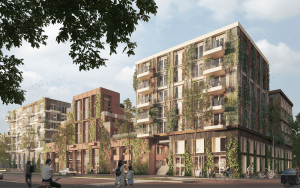
24-hour facility for sheltered housing, Amsterdam

116 Social housing, Slotermeer, Amsterdam

The Flexible City – Solutions for a Circular and Climate Adaptive Europe
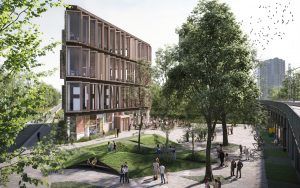
Circular business complex De Kleine Omval, Amsterdam

Space for working in Amsterdam Nieuw-West

Expansion of the National Rescue Museum, Den Helder

Multimobiel
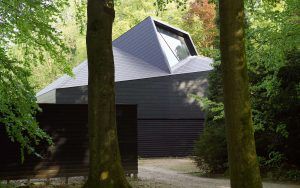
Schovenhorst Visitor Center, Putten
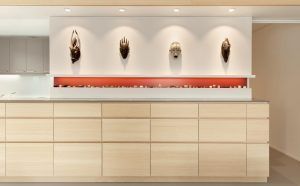
House interior, Amsterdam
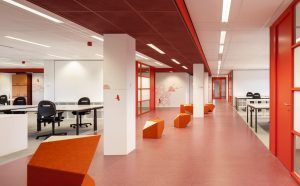
Circular office Panorama West, Amsterdam
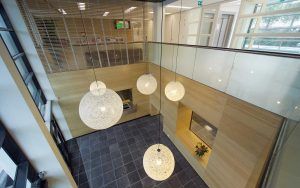
Housing Public Prosecution Service, Groningen

Densification of Weena Point, Rotterdam

Renovation of a house, Houten
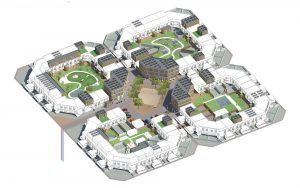
the Commons, multi-generational courts for Almere-Haven
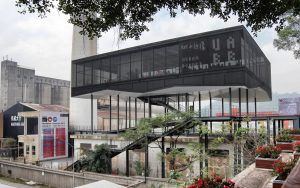
Entreepaviljoen Value Factory, Shenzhen, China
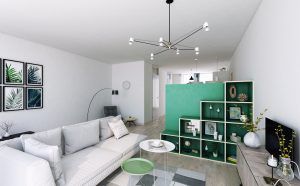
Micro apartments de Ivens, Amsterdam-IJburg




